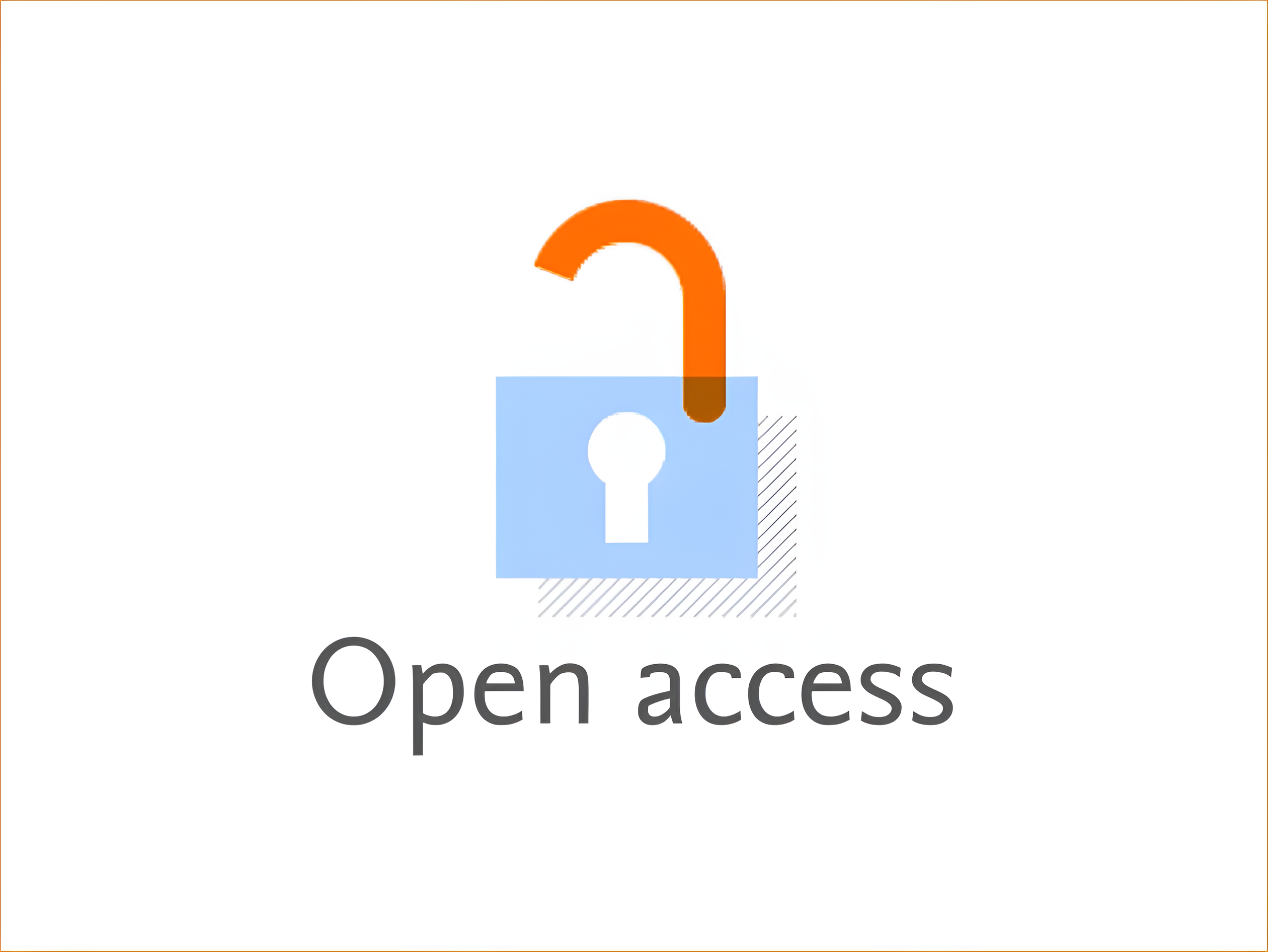AN EXPLORATORY STUDY EXAMINING THE EFFECTIVENESS OF THE EDUCATIONAL PSYCHOLOGY REPORT FROM THE PERSPECTIVES OF STAKEHOLDERS ACROSS YOUTH, CARE PROVIDER, AND EDUCATION.
Keywords:
Educational psychology reports, youth, care providers, educators, stakeholders, youth outcomesAbstract
The significance of educational psychology reports from the perspectives of view of relevant stakeholders including young people, carers, and teachers is investigated in this exploratory research. More notably, the research focusses on the points of view of important participants. This study aims to examine how many stakeholders see, comprehend, and use the insights provided by educational psychology research in the process of developing the results for young people in both care and educational surroundings. This research is to investigate the influence and worth of the reports depending on the many groupings. The study also underlines how these groups enable young people to satisfy their psychological, developmental, and educational needs. The research looks at the flaws in present report systems as well as the factors that could raise their efficiency in pragmatic surroundings. The qualitative data collection methods used in the research consist of surveys and interviews. The results underline the need of stakeholder collaboration to ensure that publications on educational psychology are relevant, readily accessible, and suitable for all the involved stakeholders. Apart from this, the research intends to give recommendations for the enhancement of report forms and communication strategies in order to make them more efficient and helpful in the process of supporting young people. At last, the findings of this study serve to increase knowledge on the methods in which educational psychology reports may be maximised to meet the many demands of young people and enhance the connections among families, teachers, and carers. The goals are supposed to be a guide for educational policies and practices, with ultimate aims of more effective interventions, better outcomes for young people, and more robust support networks in both the classroom and the care facility.






